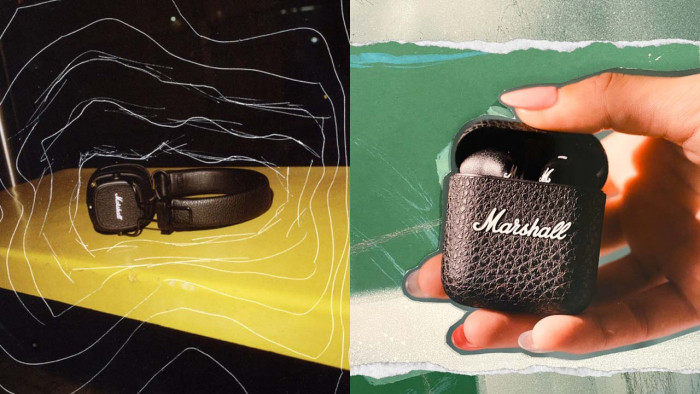Scientists have discovered a "new Neptune" which might help us understand the universe
We won't be moving in any time soon, but it could be viral to scientific discovery


Astronomers have found several thousand exoplanets – planets that exist in solar systems outside our own – but most of them are pretty nondescript, even to scientists.
There’s been a new discovery, however, of a planet that’s both a lot like our very own Neptune and very different in some important ways, which might help us put together a few more pieces of the jigsaw puzzle that makes up this old universe of ours.
The planet, given the jazzy name of HAT-P-26P, is the same size as Neptune, but because it’s a lot closer to its parent star it’s being described as “warm” – a bit of a misnomer because it’s probably actually steaming at around 700 degrees celsius. Crucially, its atmosphere is almost entirely hydrogen and helium, and because its chemical composition is so similar to Neptune’s and its temperature and location so different, astronomers believe they can use it to learn how our own solar system came to form.
“We really need to learn how other solar systems can form in order to put our own solar system in context,” Hannah Wakeford, from NASA’s Goddard Space Flight Center, told New Scientist. “What we’re trying to learn ultimately is how easy it is to form a solar system like our own. Seeing this beautiful signature of water in the atmosphere was perfect for us. It’s a great planet.”
Humans are unlikely to visit HAT-P-26P any time soon, however. It’s roughly 430 light years away from Earth, and we can only see it through the Hubble space telescope. Plus, like, it’s a bit on the humid side, with an upper atmosphere full of superheated mist.
(Image: Denis Cameron/REX/Shutterstock)








